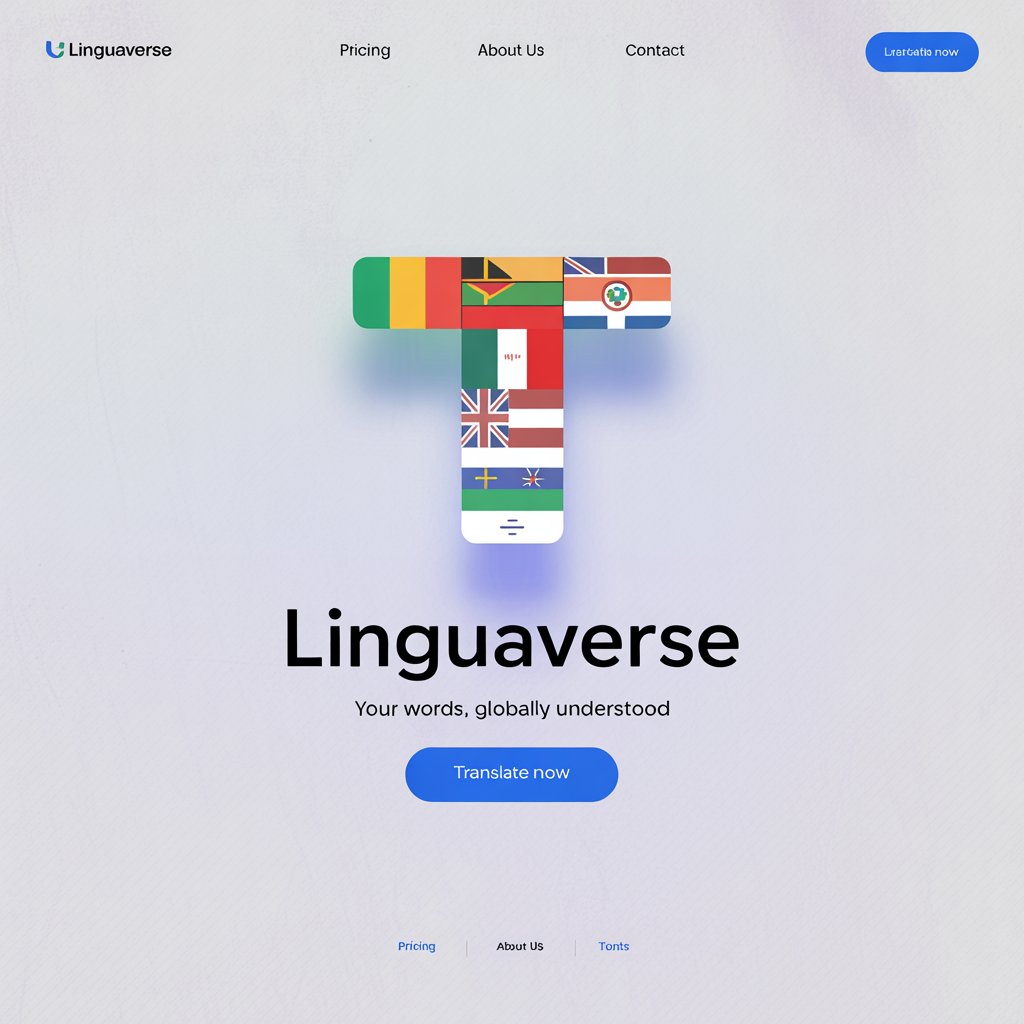Introduction: The Universal Glow of Light
When I was a child, I remember sitting by a bonfire during a family camping trip, mesmerized by the flickering flames. The warmth and glow seemed to speak a language of their own, one that didn’t need words but was understood by everyone around the fire—my parents, my cousins, even the strangers at the neighboring campsite. Light, in its many forms, has always been a universal symbol of hope, clarity, and connection. Across cultures and continents, the concept of light transcends borders, illuminating our shared humanity. Whether it’s the soft glow of a candle in a quiet moment of prayer or the vibrant burst of fireworks during a festival, light binds us together in its universal language. In this blog post, we’ll explore how the word “light” is expressed in different languages and cultures, uncovering the unique ways it shines in each corner of the world while reflecting a shared human experience.
Reference Table: The Word “Light” Across Languages
Below is a table showcasing how the word “light” is expressed in 15 languages, along with brief cultural or linguistic insights:
| Language | Word for “Light” | Cultural/Linguistic Insight |
|---|---|---|
| French | Lumière | Evokes elegance and enlightenment, often tied to France’s cultural emphasis on art and philosophy. |
| Spanish | Luz | A simple, poetic word often used in literature and songs to symbolize love and hope. |
| Italian | Luce | Associated with divine inspiration, as seen in Italy’s Renaissance art celebrating light. |
| German | Licht | A practical yet profound term, often linked to knowledge and clarity in German philosophy. |
| Mandarin | Guang (光) | Symbolizes prosperity and clarity, often used in Chinese idioms about wisdom and guidance. |
| Hindi | Roshni | Evokes warmth and festivity, especially during Diwali, the Hindu festival of lights. |
| Japanese | Hikari (光) | Deeply tied to spirituality and purity, often used in Shinto and Buddhist contexts. |
| Korean | Bit (빛) | Represents hope and brightness, frequently used in Korean poetry and pop culture. |
| Arabic | Noor | A spiritually significant word, often associated with divine light in Islamic tradition. |
| Swahili | Nuru | Symbolizes guidance and community, often used in East African storytelling. |
| Zulu | Ukukhanya | Reflects joy and revelation, commonly used in Zulu proverbs about truth and understanding. |
| Yoruba | Imole | Tied to spiritual enlightenment and divine presence in Yoruba religious practices. |
| Maori | Marama | Linked to the moon and clarity, symbolizing guidance in Maori culture. |
| Hawaiian | Malamalama | Represents knowledge and understanding, often used in Hawaiian chants and prayers. |
| Cherokee | Uyvsdi | Connected to spiritual illumination and harmony with nature in Cherokee traditions. |
European Languages: A Radiance of Romance and Reason
In Europe, the word for “light” carries both romantic and intellectual connotations. In French, lumière is more than just a word for light; it’s a symbol of enlightenment, as seen in the Age of Enlightenment (Siècle des Lumières), where reason and knowledge illuminated society. French literature often uses lumière to describe moments of emotional or intellectual clarity, like a lover’s gaze or a philosopher’s revelation.
In Spanish, luz is a short, evocative word that resonates in poetry and music. During Spain’s Las Fallas festival, light from bonfires and fireworks symbolizes renewal and community. Similarly, in Italian, luce is deeply tied to the divine, with Renaissance artists like Caravaggio using light to depict spiritual awakening in their paintings. In German, licht carries a practical yet profound weight, often linked to clarity and truth in philosophical texts, such as Goethe’s famous last words, “More light!” These European languages reflect a shared reverence for light as both a physical and metaphorical force, illuminating everything from art to human understanding.
Asian Languages: A Spectrum of Spiritual and Cultural Meanings
Asia’s linguistic diversity reveals a rich tapestry of meanings for “light.” In Mandarin Chinese, guang (光) is a versatile word, appearing in idioms like guangming lei luo (“bright and open”), which signifies honesty and optimism. During the Chinese New Year, lanterns symbolize guang as a beacon of prosperity and good fortune.
In Hindi, roshni captures the vibrancy of India’s cultural landscape, especially during Diwali, the festival of lights, where oil lamps (diyas) represent the triumph of good over evil. In Japanese, hikari (光) holds spiritual significance, often linked to purity in Shinto rituals or the fleeting beauty of cherry blossoms under sunlight. Korean’s bit (빛) is a poetic term, frequently used in K-dramas and songs to evoke hope amidst adversity. In Arabic, spoken across over 20 countries, noor is a deeply spiritual word, often associated with divine light in the Quran, symbolizing guidance and faith. From the deserts of Saudi Arabia to the souks of Morocco, noor resonates as a universal call to transcendence.
African Languages: Illuminating Community and Spirit
Africa’s linguistic diversity offers a vibrant perspective on “light.” In Swahili, spoken across countries like Kenya, Tanzania, and Uganda, nuru symbolizes guidance and community. It’s a word often heard in storytelling, where light represents hope in the face of darkness. In Zulu, spoken in South Africa, ukukhanya carries a joyful tone, used in proverbs like “Ukukhanya kwezulu” (“the light of the heavens”), which speaks to divine truth.
In Yoruba, a language of Nigeria and Benin, imole is tied to spiritual enlightenment, often invoked in prayers to connect with divine forces. Across Africa’s 54 countries, light is a recurring motif in oral traditions, symbolizing everything from communal unity to spiritual awakening. Whether in the vibrant markets of Lagos or the quiet villages of Malawi, the word for light reflects a shared African ethos of resilience and hope.
Indigenous & Island Languages: Guiding Stars of Tradition
Indigenous and island languages offer unique perspectives on “light.” In Maori, spoken in New Zealand, marama is linked to the moon and clarity, often used in chants to invoke guidance from ancestors. In Hawaiian, malamalama signifies not just light but knowledge, as seen in traditional mele (songs) that celebrate wisdom passed down through generations.
In Cherokee, spoken in parts of the United States, uyvsdi reflects harmony with nature, often tied to rituals that honor the sun as a source of life. In Samoan, malamalama (similar to Hawaiian) emphasizes understanding and enlightenment, used in proverbs about leadership and community. Across indigenous cultures in countries like Australia, Canada, and the Pacific Islands, light is a guiding force, whether in the form of a starlit sky or a ceremonial fire, connecting people to their ancestors and the natural world.
Cultural Insights: The Evolution of Light Across Civilizations
The concept of light has evolved alongside human civilization. In ancient Egypt, light was personified by the god Ra, the sun deity who symbolized creation and life. In Vedic texts from ancient India, light (jyoti) was a metaphor for divine knowledge, a theme that persists in modern Hindu practices. In medieval Europe, stained glass windows in cathedrals used light to convey divine stories, while in Islamic art, geometric patterns mimic the radiance of noor to inspire contemplation.
Light’s historical importance is also tied to technological advancements. The invention of fire, candles, and later electricity transformed how cultures perceived and used light, from practical illumination to symbolic expressions of hope and progress. Across religions—whether Christianity’s “light of the world,” Buddhism’s path to enlightenment, or Islam’s divine noor—light remains a universal symbol of transcendence and connection.
Proverbs: Light in the Words of Wisdom
Light-inspired proverbs and sayings reflect its universal significance:
- French: “La lumière attire les papillons” (“The light attracts butterflies”) – A reminder that positivity draws others near.
- Chinese: “一盏灯照亮前路” (“One lamp lights the path ahead”) – Emphasizes guidance and hope in difficult times.
- Hindi: “एक दीया अंधेरे को मिटा सकता है” (“One lamp can dispel the darkness”) – Spoken during Diwali, symbolizing hope over despair.
- Swahili: “Nuru moja inawaka giza” (“One light shines through the darkness”) – A call for unity and resilience.
- Maori: “Kia marama te ara” (“Let the path be lit”) – A proverb about seeking clarity and guidance.
These sayings highlight light’s role as a metaphor for hope, wisdom, and community across cultures.
FAQs: Exploring Light Across Languages
Why does the word for “light” sound similar in many languages?
Many languages share linguistic roots, such as Indo-European languages (e.g., luz in Spanish and luce in Italian from Latin lux). Additionally, light’s universal importance may have led to phonetic similarities in unrelated languages, reflecting shared human experiences.
What is the oldest known usage of the word “light”?
The Proto-Indo-European root leuk-, meaning “to shine” or “light,” dates back over 5,000 years and is the ancestor of words like lux (Latin) and licht (German). In non-Indo-European languages, like Chinese guang, ancient texts from 2000 BCE use light to symbolize knowledge.
How do cultural differences shape the expression of light?
In Western cultures, light often symbolizes intellectual clarity or divine presence, while in Eastern traditions, it’s tied to spiritual enlightenment or prosperity. In African and indigenous cultures, light frequently represents community and connection to nature, reflecting diverse worldviews.
Conclusion: The Eternal Glow of Light
The word “light,” in all its linguistic variations, is more than a descriptor—it’s a universal thread weaving through the tapestry of human experience. From the luz of a Spanish flamenco performance to the noor of a mosque’s call to prayer, light transcends language, culture, and time. It reminds us of our shared hopes, dreams, and resilience, whether we’re lighting a Diwali lamp or a Maori ceremonial fire. What does “light” mean to you? How do you say it in your language, and what stories does it hold in your culture? Share your thoughts in the comments below, and let’s keep the conversation glowing!




